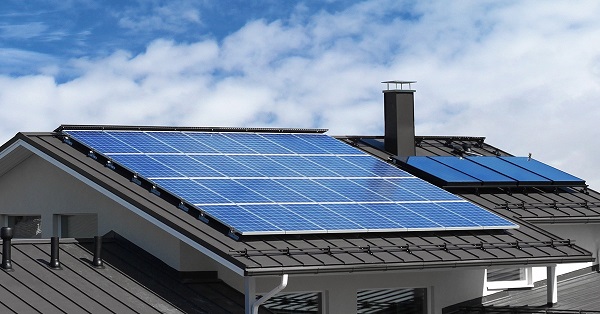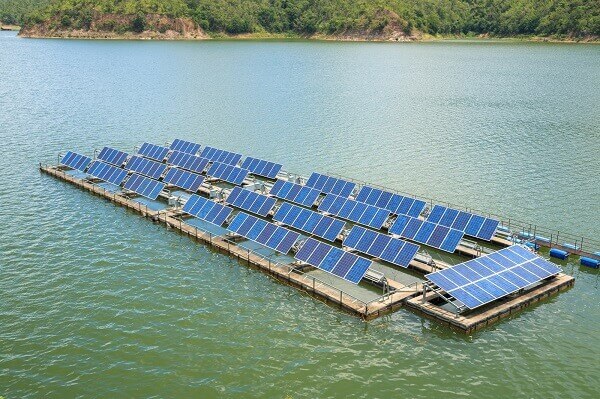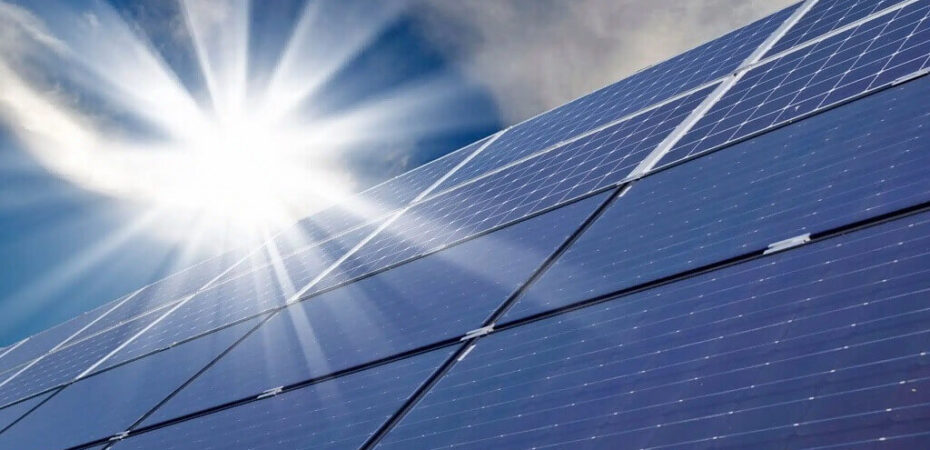Solar energy is one of the most promising sources for the production of clean, ecological electricity. That is why scientists are constantly working on improving systems that are designed for this purpose. The industry is developing at a rapid pace.
This is evidenced by the constant increase in total capacity and the gradual improvement of the efficiency of solar systems that are presented on the market. In the prepared material, we will consider which achievements contributed to the improvement and how it was possible to do this.
Development of New Structures and Materials
Currently, solar companies offer many installations that differ in shape, size, and technology. Many of them are currently based on efficient monocrystalline panels that have performance indicators of about 20-23%. However, scientists aim to significantly increase this level to be able to increase the production of clean electricity.
Scientists from Stanford University made a significant contribution to this matter. They are working on pyramidal lenses. These devices, according to the researchers, help to better concentrate the solar energy that falls on the surface of the panels. This design can be one of the best solutions for areas with indirect lighting.
Another breakthrough in the field of solar technologies was the creation of a material – perovskite. Special panel types are made from it, which have a higher level of efficiency. The first developments based on the material were short-lived. In the process of use, they quickly failed. However, later scientists solved this problem. They have created structures that have a long service life – approximately 30 years.
This became a new impetus for the development of the solar energy industry and opened up new opportunities for the generation of sustainable electricity. In addition, scientists are planning other solar technology breakthroughs. Many of them are looking for alternatives to silicon to make production cheaper and designs more accessible to buyers. To do this, they conduct experiments with quantum solar cells and organic photovoltaic materials.
Quantum elements are manufactured using a special technology. Microscopic semiconductor particles are used for them. Both these and organic elements are called materials of the third generation. Researchers expect that they will help overcome the limitations of solar panel productivity and significantly reduce the cost of structures. Additional advantages may be lighter weight and simpler structure.
Optimizing the Operation of Solar Systems

New breakthroughs in solar energy are also associated with the introduction of artificial intelligence systems. These technologies have penetrated many spheres of life. Solar energy was no exception. In this case, the researchers decided to use AI to determine the most rational position of the structures.
That is, technologies help to choose the angle of inclination and orientation to ensure that the maximum amount of solar radiation hits the surface. In general, AI provides several useful functions:
- Performance level monitoring: Built-in AI monitors the operation of solar systems and compares indicators at certain time intervals. As a result of this, it is possible to detect failures and deterioration of activity, as well as to provide appropriate alerts so that malfunctions are eliminated in time.
- Surface cleaning: Technologies based on artificial intelligence can also analyze the level of contamination of the panels. Based on this data, the program can schedule the next cleaning. This ensures maximum power generation, as all obstacles are eliminated in the path of radiation absorption.
- Adjustment of accommodation: AI helps determine the orientation and ideal angle for structures. Thanks to this, the maximum level of solar electricity production is achieved. Many factors are taken into account in the process, including seasonal changes, weather conditions, and the level of shading.
- Choosing the optimal location: AI-based technologies can determine the best location for installing solar systems based on certain criteria. To do this, topographic maps, climate and weather data, as well as satellite images are analyzed.
In addition, AI can determine when solar panels need maintenance. Thanks to its wide functionality, the technology significantly improves efficiency and contributes to the increase of electricity production and optimization of maintenance.
Solar Panels Made of Transparent Material
This is a new solar technology, which has become another breakthrough in the industry. Currently, the main material used in the base of solar panels is silicon. Such structures are solid and not transparent. This makes them impossible to use in some places that receive a lot of solar energy. For example, windows.
Scientists have long been working on making the most of their opportunities for saving energy in buildings. Researchers from the University of Michigan have taken some steps in this direction. In the process of experiments, they replaced conventional silicon materials with organic components that are created based on carbon. Thanks to this, they managed to increase the transparency of photovoltaic cells to 43.3%.
This is stated in an article on the website of the University of Michigan. Such technology may in the future increase the generation of solar electricity in houses and other types of premises. After all, it can be used in combination with a conventional solar system. However, such technologies are currently being tested and improved.
Solar Power Plants on Floating Elements

Another solar panel technology breakthrough concerns the rational use of the area allocated for structures. In some regions, the land resources allocated for the placement of installations are limited. This was the reason for the search for an alternative solution for placing the required number of solar panels. As a result, scientists managed to create floating power plants.
To install such systems, special bearings are used, which are installed in the reservoir. It is on them that a full-fledged installation is attached. In this way, solar systems are placed above the surface of the water. They are great for reservoirs, irrigation canals, fish farms, and other facilities. There are many advantages of using such structures:
- Rational use of space
- Reducing the level of water evaporation
- Maintaining the optimal water temperature under solar panels
- Provision of the required amount of electricity
In addition, floating solar power plants can show even greater efficiency. This is due to the open area and the absence of objects that can create a shadowing effect.
Noise Barriers on Photovoltaic Elements
Solar panel technology is constantly being improved and is getting into more areas. This is confirmed by the development of noise barriers on which photovoltaic elements are installed. In this case, several advantages are provided at once. The main devices perform their direct function – noise reduction in city centers and the suburbs.
In addition, they have high indicators of endurance and stability, so they can withstand additional loads. This allows placing solar panels on these elements. The result of such a combination is the possibility of generating an additional amount of electricity.
Sun Shells
The additional load created by solar panels is usually not a problem for roofs. However, for some homeowners, this creates certain inconveniences, as it violates aesthetics. That is why the researchers decided to work on improving the design. As a result, they managed to create solar shells. These are devices that have the form of a thin film. It can be applied to solar panels to make their appearance more harmonious.
Conclusions
If you compare today’s advances in solar energy with technologies that existed just a few years ago, you can see many changes. Thanks to innovative developments, scientists were able to make a real breakthrough. Specialists managed to increase efficiency (thanks to the use of more advanced materials), improve the structure, solve design issues, and rationalize the use of space for placing structures.
Read also:
- The Most Important Technology for the Future
- The Virtual Data Room Technology – How to Use It and Why
- How to Voice Record on iPhone?
- Old Photo Restoration – Restore Old Photos Online with AI-Tech
- Revolutionizing Medical Education – Power of Innovative Learning Management Systems
- How to Hire Dedicated Developers in 2023?

